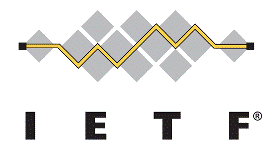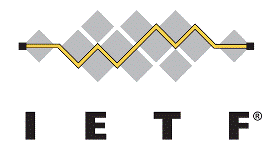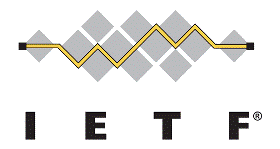With the advent and rise of AI there is a risk that machine-to-machine decisions will be made with black-box inputs determined without input transparency to humans. In order to enable ethics based AI, individuals will require the means to influence and determine the values, rules and inputs that guide the development of personalized algorithms and Artificial Intelligence. They will need an agent that can negotiate their individual rights and agency in a system of shared social norms, ethics and human rights that also foresee and helps the individual mitigate ethical implications of data processing.
This approach will enable individuals to safely organize and share their personal information at a machine-readable level and enable a personalized AI to act as a proxy for machine-to-machine decisions. A key goal for the creation of this standard is to educate government and commercial actors why it is in their best interests to create the mechanisms for individuals to train Personal AI Agents to move beyond asymmetry and harmonize personal data usage for the future.
https://standards.ieee.org/project/7006.html











